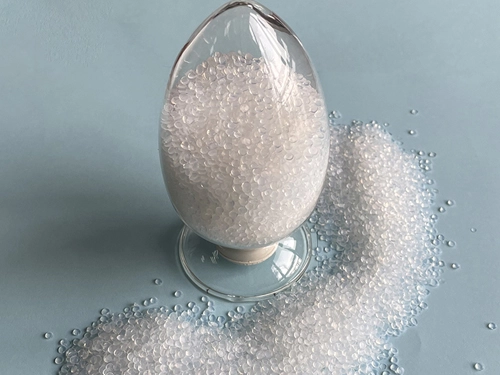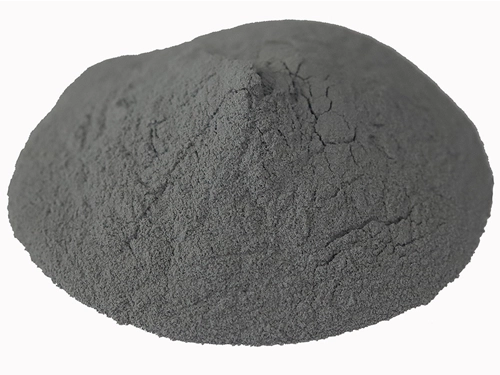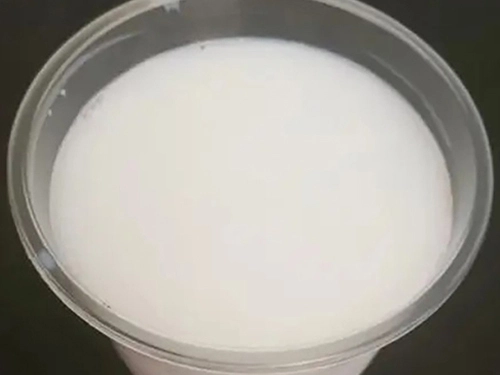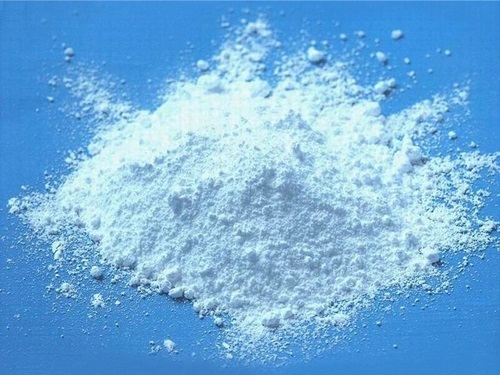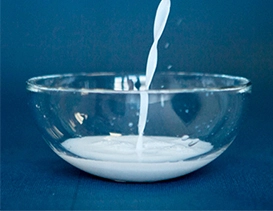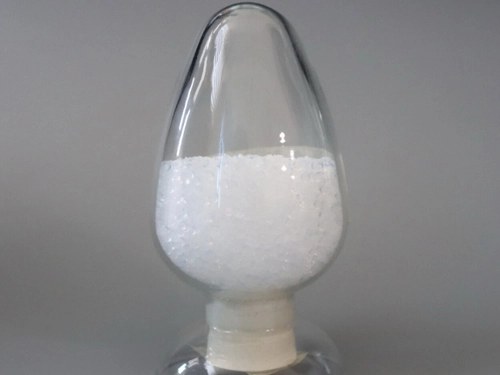About PFA
Sinof's perfluoroalkoxy copolymer (PFA) is a high-performance fluoroplastic that can be processed by melting. It is a copolymer made from tetrafluoroethylene and perfluoroalkyl vinyl ether through a free radical polymerization reaction. PFA exhibits excellent chemical stability, electrical non-conductivity, low friction coefficient, as well as outstanding thermal and cold resistance. Because it contains no hydrogen atoms in its molecular structure, it has extremely strong resistance to almost all chemicals, including acids, bases, oxidizers, and organic solvents.
Differences Between PTFE and PFA
The Difference in Chemical Structure
PFA includes perfluoroalkoxy in its molecules, which corresponds to replacing a fluorine atom in PTFE with a perfluoroalkoxy group. Carbon is directly connected to oxygen, and then oxygen is connected to groups such as perfluoromethyl or perfluoroethyl. Compared to PTFE, the reduced melt viscosity facilitates processing. Other performances are not significantly inferior to PTFE.
The Difference in Application
PFA has the excellent properties of polytetrafluoroethylene and good thermoplasticity, allowing it to be processed using standard thermoplastic resin processing methods. It is produced by copolymerizing tetrafluoroethylene and perfluoropropyl vinyl ether in aqueous media containing a perfluorocarboxylate dispersant and a persulfate initiator in a certain proportion.
PFA not only maintains the same operating temperature as PTFE but also exhibits better mechanical strength (approximately 2 to 3 times) at 250°C and excellent stress crack resistance. PFA has a wide processing range and good forming properties, suitable for compression molding, extrusion molding, injection molding, and transfer molding. It can be used to manufacture insulation sheaths for electric wires and cables, high and ultra-high frequency insulation components, chemical pipes, corrosion-resistant linings for valves and pumps, special parts for the mechanical industry, various anti-corrosion materials in the light textile industry, PTFE anti-corrosion linings for electrodes, and more.
PFA is made by extruding melt-processable PTFE particles and has a semi-transparent milky white appearance, smooth surface, and a dense, uniform cross-section. It is specifically used for welding PTFE boards and tubes to combine PTFE products with simple shapes into products with complex shapes and larger sizes.
The aqueous dispersion is obtained by copolymerizing tetrafluoroethylene and perfluoropropyl vinyl ether, adding an emulsifier, and concentrating at a certain temperature. The solid content is 30%±1%. The appearance is milky white or light yellow translucent. It has all the excellent properties of melt-processable PTFE resin. It can be used for long periods at 260°C and has developed into an advanced coating due to its excellent non-stick, anti-corrosion, and easy processing properties. It can be sprayed and dipped. It is widely used as non-stick and anti-corrosion material in copying technology and the food industry.
PTFE is polymerized by suspension or dispersion methods using tetrafluoroethylene monomers and is a white powder that is odorless and non-toxic. Its relative density is 2.1-2.3, refractive index is 1.37, glass transition temperature is 327°C, and thermal decomposition temperature is 415°C. If the temperature exceeds 400°C, PTFE will slightly lose weight and decompose into toxic gases.
PTFE's working temperature ranges from -250 to 260°C, and it can be used for 10,000 hours at 210°C. PTFE exhibits excellent chemical resistance to any strong acids (including aqua regia) and bases, is insoluble in any solvent, and has an extremely low friction coefficient, good wear resistance, and self-lubricating properties. Sinof also offers PTFE powder for sale, and PTFE has excellent aging resistance, superior electrical properties, and good arc resistance. PTFE is also non-sticky, almost no adhesive substances can adhere to its surface, and it is completely non-flammable. Known as the "King of Plastics," its tensile strength (MPa) is greater than 23, and its elongation (%) is greater than 250.


